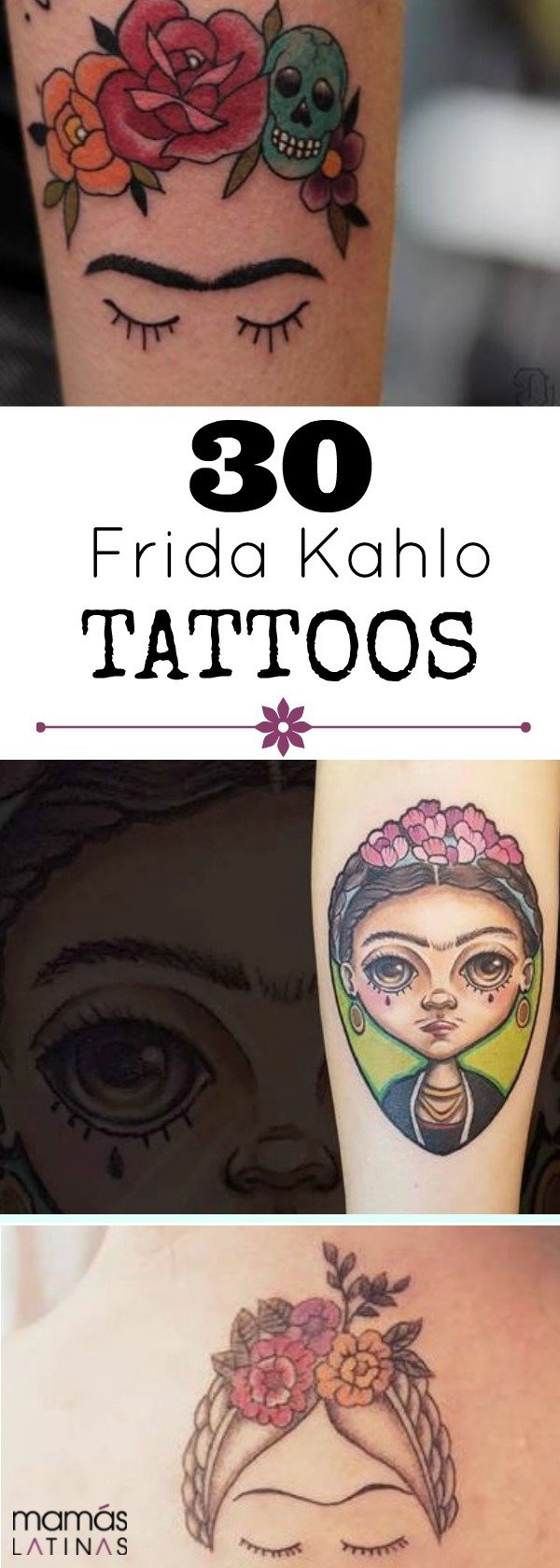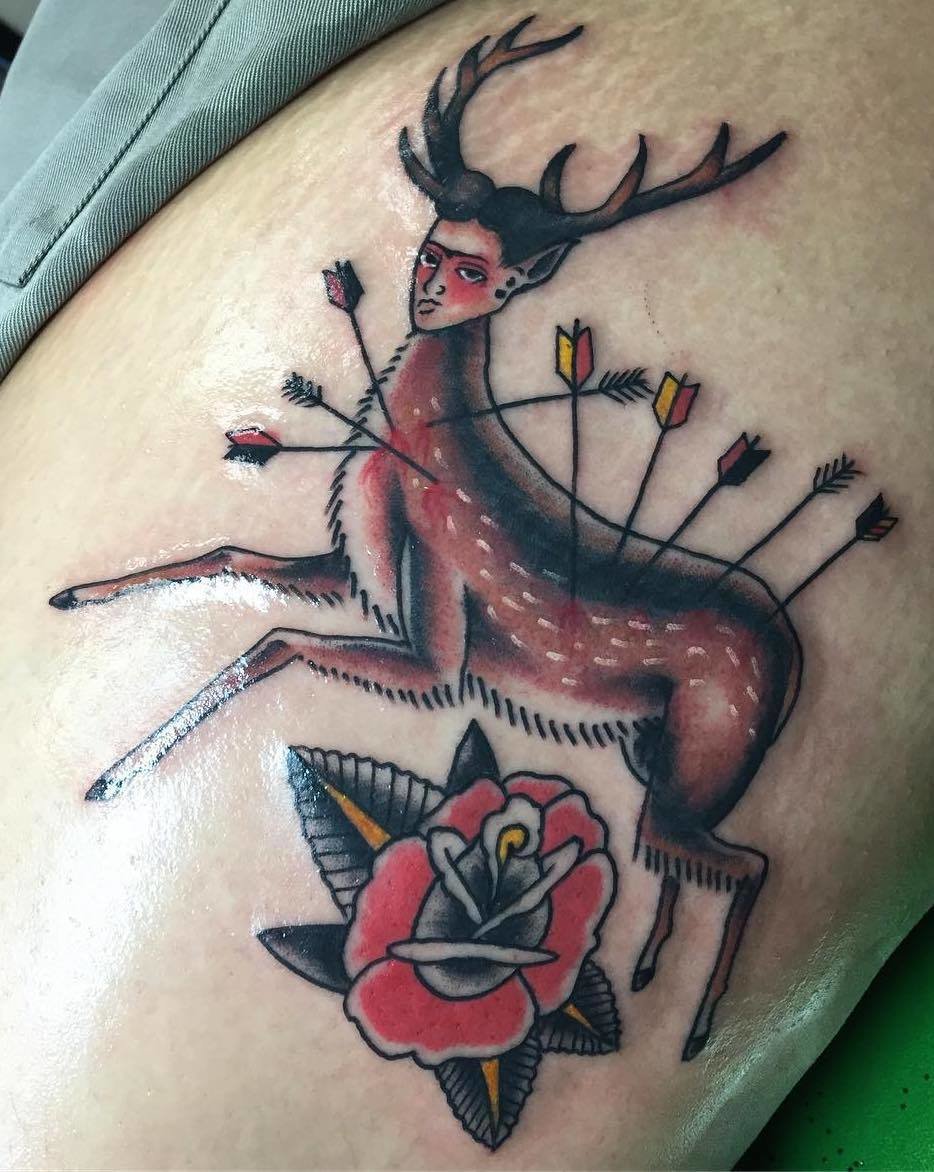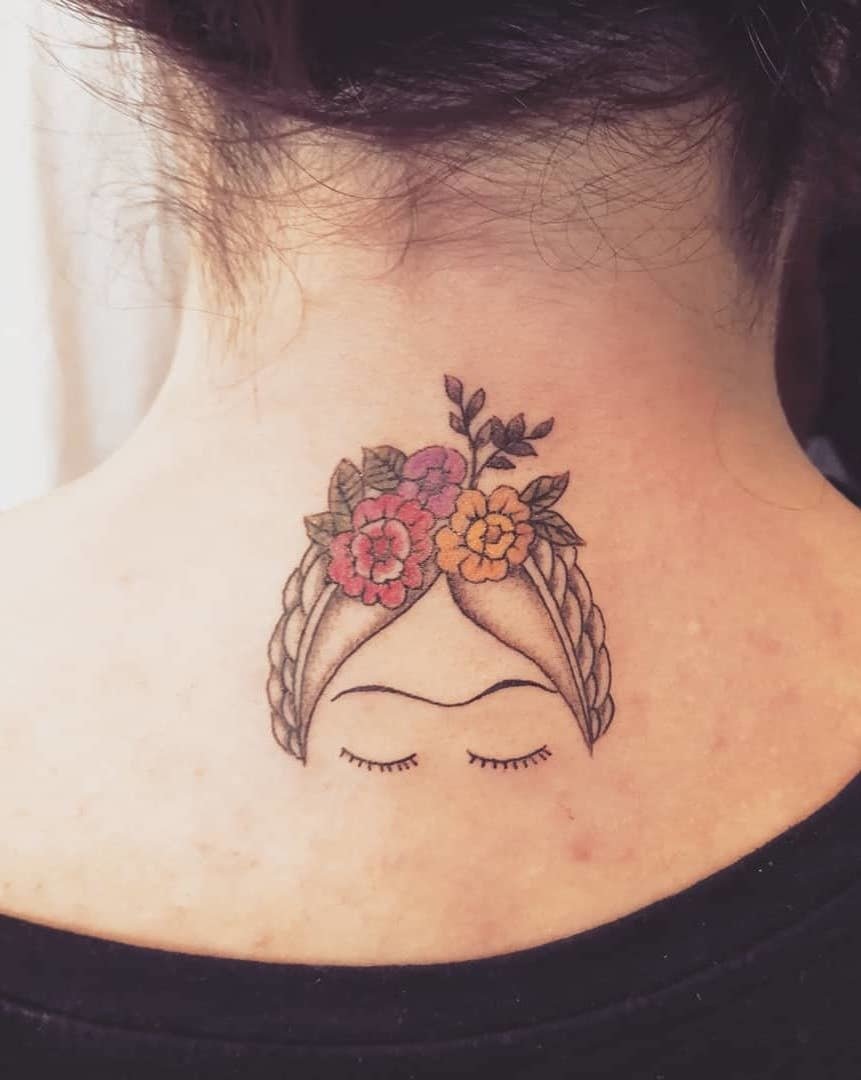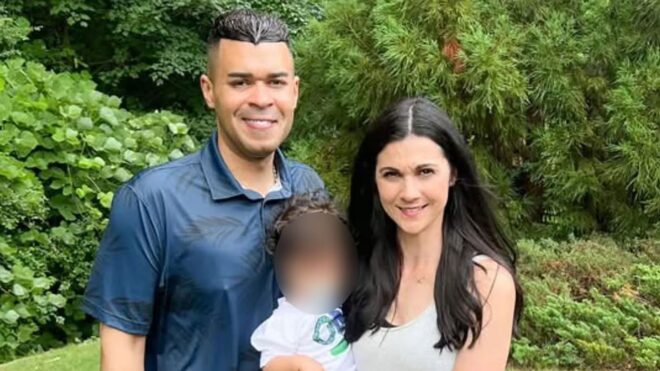Mexican artist Frida Kahlo has legions of fans. Her life and works are celebrated globally. Her image is instantly recognizable to countless people all over the world, and although she was an important figure in the art world while alive, her celebrity was nothing like it is now. She is so venerated that many have paid her the ultimate tribute by adorning themselves forever with tattoos inspired by her.
More from MamásLatinas: 13 Breastfeeding tattoos that no mamá would ever regret
These tats are tasteful and creative homages to the iconic Mexican artist. Heck, they're making us want to get one. Click through this gallery of Frida Kahlo tattoos, sprinkled with facts about her life.

Frida lied about her birthday.
Magdalena Carmen Frida Kahlo y Calderón was born on July 6, 1907, but she had a habit of telling people she was born in 1910. It's not that she wanted to shave years off her age, she did it because 1910 was the year the Mexican Revolution started and she wanted to be associated with it.
She had it rough from the start.
A bout of polio at the age of six left Frida's right leg thinner than her left.
In September of 1925, she was in a horrible accident.
When she was 18-years-old she was left with 11 fractures in her right leg after a bus she was riding was in an accident with a trolley.
Believe it or not, it could have been worse.
Although, the accident left Frida literally broken, she lived. Several other people who were in the accident died.
She was covered in gold after the accident.
Alejandro Gómez Arias, her boyfriend at the time, was on the bus with Frida when the accident happened. He said, "Someone in the bus, probably a housepainter, had been carrying a packet of powdered gold. This package broke, and the gold fell all over the bleeding body of Frida."
Frida began to paint in bed.
During the time she spent in bed recuperating from the accident, her father gave her paints and brushes and her mother had an easel crafted that she could use without getting out of bed.
Self-portraits were facilitated by a mirror
A mirror was placed in the canopy of her bed, which Frida used to paint self-portraits.
She was the subject she knew best.
Depending on who's counting, Frida painted between 143 to 200 paintings, 55 of them were self-portraits. "I paint myself because I am so often alone and because I am the subject I know best," Frida said.
She had over 30 operations.
She only lived 47 years and had to endure over 30 operations.
Diego Rivera was the love of her life.
Much has been written about the tumultuous relationship that Frida shared with fellow artist Diego Rivera. There were married twice, once in 1929 and then again in 1940 after having been briefly divorced in 1939.
Diego was a huge fan of her work.
He once wrote the following tribute of Frida to a friend: "I recommend her to you, not as a husband but as an enthusiastic admirer of her work, acid and tender, hard as steel and delicate and fine as a butterfly's wing, loveable as a beautiful smile, and profound and cruel as the bitterness of life."
Her love life was cray cray.
While married, Diego and Frida both had extramarital affairs. Diego had various affairs, but perhaps the worst was the affair he had with Frida's younger sister.
Frida was attracted to both men and women.
Frida, being bisexual, had affairs with both men and women. One of her lovers was Leon Trotsky, the founder and commander of the Red Army.
She painted her pain.
Frida painted "The Two Fridas" soon after her divorce from Diego. One Frida is dressed in traditional Mexican garb from the Tehuana region and represents the Frida that Diego loved. The other Frida, dressed in European attire, represents the Frida that Diego cheated on and rejected.
She sold very few paintings while she was alive.
Although she didn't sell many paintings while alive, on occasion she did make commission portraits. Her one and only solo exhibit in Mexico during her lifetime happened in 1953, the year before she died.
They called her a surrealist.
"They thought I was a surrealist, but I wasn't. I never painted dreams. I painted my own reality," explained Frida.
Her work was deeply personal and based on her waking life.
While surrealists are inspired by dreams or the subconscious mind, Frida's work is autobiographical and steeped in her reality.
What the water gave her.
One of her paintings, which is referred to as either "What I Saw in the Water" or "What the Water Gave Me," looks very surrealistic in style, but the images reflected in Frida's bath water are representations of things that actually happened to her.
People are still wondering about the monkeys in her paintings.
The influence of Mexican indigenous culture looms large in Frida's paintings. Some interpret the monkeys that sometimes appear in her paintings as a nod to their representation of lust in Mexican mythology, others consider them to be symbolic of the children that she and Diego were never able to have because of the injuries she sustained in the bus accident.
Maybe the monkeys are just monkeys.
Another not so symbolic reason for why Frida included monkeys in some of her paintings is that she had pet monkeys. Maybe she was just painting her own reality like she said.
She remained wounded.

In 1946, Frida's had a spinal operation hoping that it would help relieve her excruciating back pain. It did not. Her painting "The Wounded Deer" is an expression of the disappointment she felt after the surgery failed to take her physical pain away.
She drank to drown her sorrows, but it didn't work.
"I drank because I wanted to drown my sorrows, but now the damn things have learned to swim," she wrote in a letter to a friend.
She had a wicked sweet tooth.
She had two sets of dentures made, one in gold and one with diamond studs, when her penchant for sweets led to rotting teeth.
She darkened her unibrow.
Clearly Frida wasn't into plucking her unibrow. Instead she styled it to make it more prominent. Among her personal effects on display at the V&A Museum in London is a Revlon ebony eyebrow pencil that she used to color in her famous brow.
Gangrene resulted in the loss of her leg.

The last surgery she ever had was in 1953 when she had her right leg amputated.
She was 47 years old when she died.
She died on July 13, 1954. The official cause of her death was pulmonary embolism set on by pneumonia, but there are those who believe her death was caused by an overdose of pain killers.
Her last written words.
The last words that she wrote in her diary are "I hope the leaving is joyful—and I hope never to return—FRIDA."
She died in the same place that she was born.
She was born at "La Casa Azul" and she died there as well.
She was cremated.
Her ashes are inside of a pre-Colombian urn that is on display at her former home, La Casa Azul in Coyoacán, Mexico.
You are welcome to visit her ashes.
La Casa Azul is now a museum that is open to the public.




